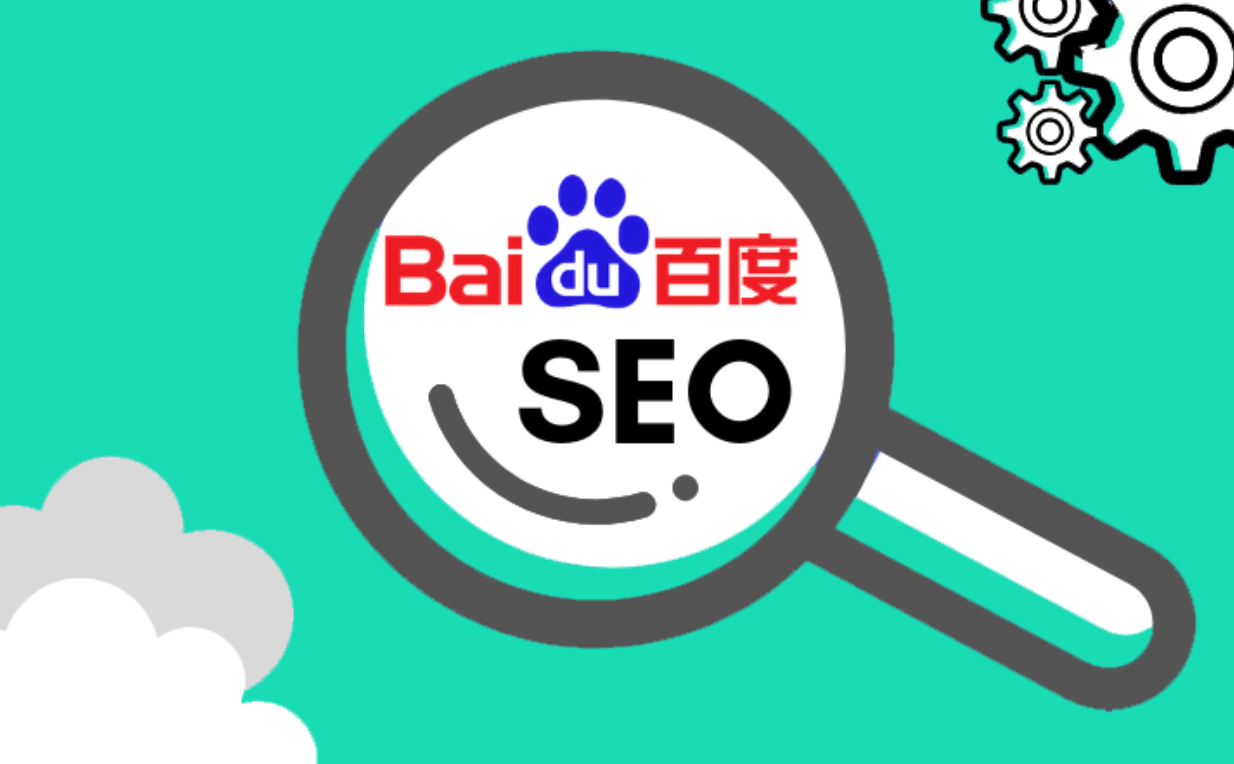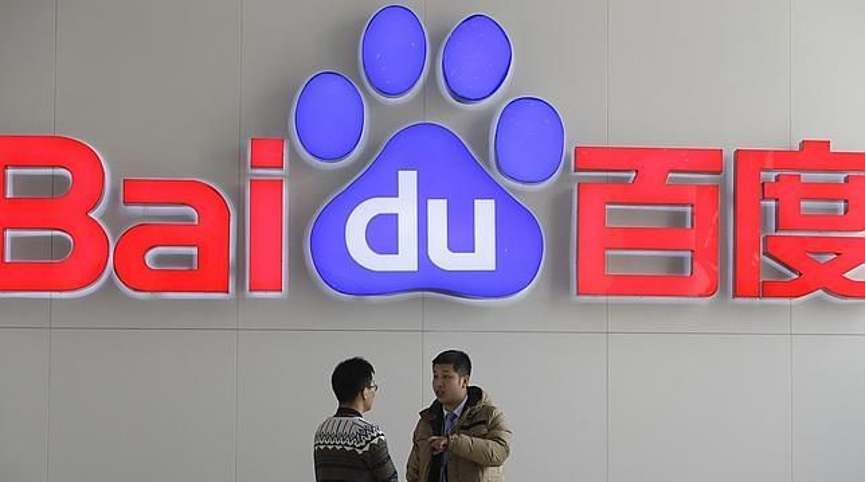
Mobile users in 2019 recorded at nearly 1.6 billion mobile subscribers in China. The number of mobile subscribers in China has been skyrocketing since 2011.This could mean that if you're not optimizing your sites for mobile, you'll be missing out the 90% of your potential audience and possible traffic growth of over 105% annually . There is a difference in between ranking and indexation for a non-mobile friendly website in Baidu especially on the mobile site. Even highly-authoritative sites can have a poor Baidu mobile ranking performance if their sites aren't mobile friendly. While a mobile friendly website doesn’t guarantee mobile traffic, it'll a minimum get you within the game. Baidu also adopted a really interesting tweak to their mobile results pages to offer non-mobile friendly sites “special treatment” With Baidu’s SiteApp transcoding, many non-mobile-friendly pages that appear on the Baidu mobile SERP (search engine results page) are converted into Baidu-generated mobile friendly pages. Siteapp transcoding will remove or modify "art-10">Baidu states (Chinese) that the main reason they are doing this is to supply a far better user experience, since desktop websites are difficult to look at on a mobile screen. That may seem great — you don’t need to do anything, and Baidu will make your site mobile-friendly automatically! The truth is, there’s nothing more dangerous to your SEO and site goals than Baidu’s SiteApp Transcoding. Here’s why: These pages are actually still on Baidu’s domain. This means that the visitors are literally visiting baidu.com rather than yours once they click into your transcoded pages. Baidu decides which parts of your site are going to be shown, and which of them are going to be hidden. This means nearly always , ads on your pages won’t be shown. Navigation on your site is hidden. Users won’t visit other pages on your site.Even worse, is that Baidu even features a “Back” button overlaid on your content, taking users back to Baidu! While it’s technically possible to click through to your site by clicking on the Baidu logo, then selecting “Desktop site”, only a few users will do so. The transcoding isn't perfect, the transcoded page will erase most of the formatting for your page’s content, sometimes the body text are going to be garbled, and therefore the worst case we’ve seen is that the encoded page isn't even accessible. This is basically a conversion-killer, delivered to you courtesy of Baidu. They’re essentially grabbing your content and hosting it on their domain. It’s just different to stay users on Baidu’s own properties, disguised as a “user experience” enhancement.Having a mobile friendly site is important to preserve high rankings, better indexation, and avoid losing your users thanks to transcoding. Let’s find out how to configure our sites for mobile SEO success. Before we run into specific configurations for mobile friendly websites in Baidu, let’s take a glance at the three main sorts of mobile web development solutions: Separate mobile site, dynamically-served HTML, and responsive design. A separate mobile site serves completely separate HTML and CSS on a separate URL (usually on the “m” subdomain, e.g. m.example.com). Dynamically served HTML keeps one URL for both desktop and mobile sites, but delivers different HTML and CSS to every . Responsive design uses the precise same URL and HTML content for both mobile and desktop, and easily customizes the CSS each screen size separately. Responsive Web Design will automatically adapt a website's view consistent with the dimensions of the screen. The main advantages of responsive design include: Compatibility across all screen sizes: As new devices with new dimensions are beginning all the time, we'll have to support viewports 200px wide or 2800px wide and everything in between. This is really only possible in responsive design. Simplicity: While it’s admittedly much harder from a CSS and style point of view, everything else is easier . Back-end programming, server redirects, etc. are all eliminated. Just one version of the HTML, CSS, Javascript, and server-side code. SEO Friendly: Desktop and Mobile SEO will remain consistent, duplicate content issues are going to be avoided, and therefore the value of the outbound links are often kept because there’s just one set of URLs. The main drawback of responsive design is that the time and price for developing responsive websites are often much higher, especially with complex UI and UX elements. However as we just said, after the initial development stage, everything is far easier than separate URLs and dynamic serving. If you have already got a responsive website, here are two belongings you should do to tell Baidu your site is responsive: Place the “applicable-device” meta tag to your pages Add a “mobile type” tag to every responsive pages in your sitemaps3 IMPORTANT ELEMENTS OF SEO MOBILE OPTIMISATION
Ranking And Indexation
Configuring mobile friendly site
Responsive Design






